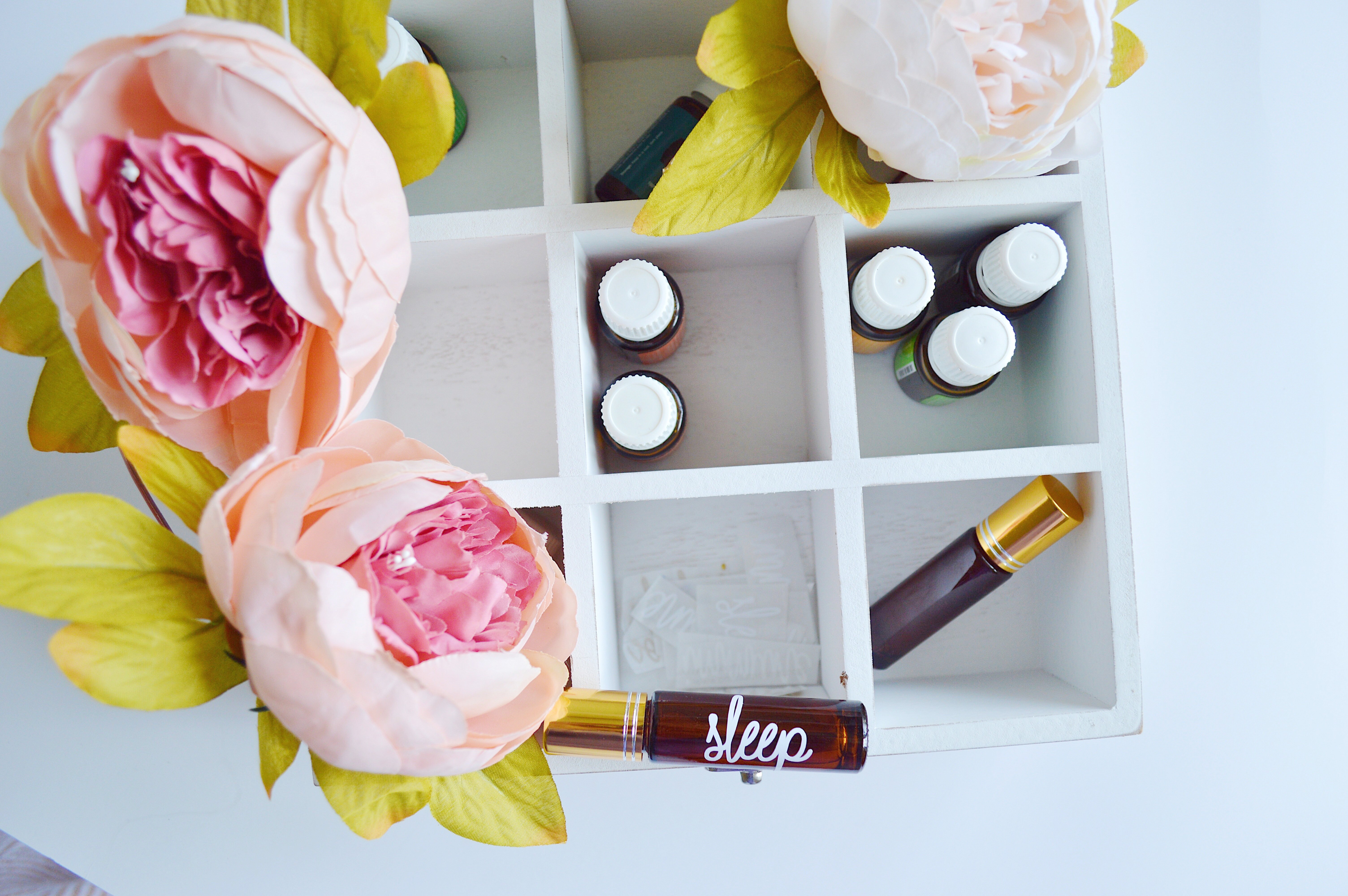
With diffusers and nebulizers, essential oils, and incense holders, it can seem like getting into aromatherapy requires a number of props and purchases. Those who swear by the practice can also make you overwhelmed with their commitment to how specific scents help you heal in certain ways. It can become overwhelmingly easy, but it is actually a very simple idea that shouldn’t give you any anxiety (in fact, that is the opposite of its intent).
There’s actually been a good amount of science on this subject as well. The way aromatherapy works is by stimulating smell receptors, which send messages to the limbic system through the nervous system. The limbic system controls the body’s emotion and pain receptors. Therefore, when aromas affect this part of the brain, it can be in ways that promote healing or fight anxiety and aches.
While it is not a cure-all, and you should be wary of claims of miracle cures derived from aromatherapy, there are many scientifically tested qualities of essential oils or scents that can be confirmed. Ginger, for example, has been proven to help nausea and the smell of orange has even been linked to lessened effects of PTSD.
Starting out with aromatherapy is as easy as putting lemons into boiling water – the smell of lemon helps to combat stress. If you like the effect, you can move on to essential oils and incense.
FragranceX has put together a list of some of the most popular healing scents to choose for aromatherapy because of their healing qualities. The infographic below shows what you can expect from these aromas as well as some of the best and safest ways to use them.

You may also like
Acupuncture for Neck Pain: How Does it Work? [Infographic]
Ancient Wellness Secret: The Importance of Sleep
